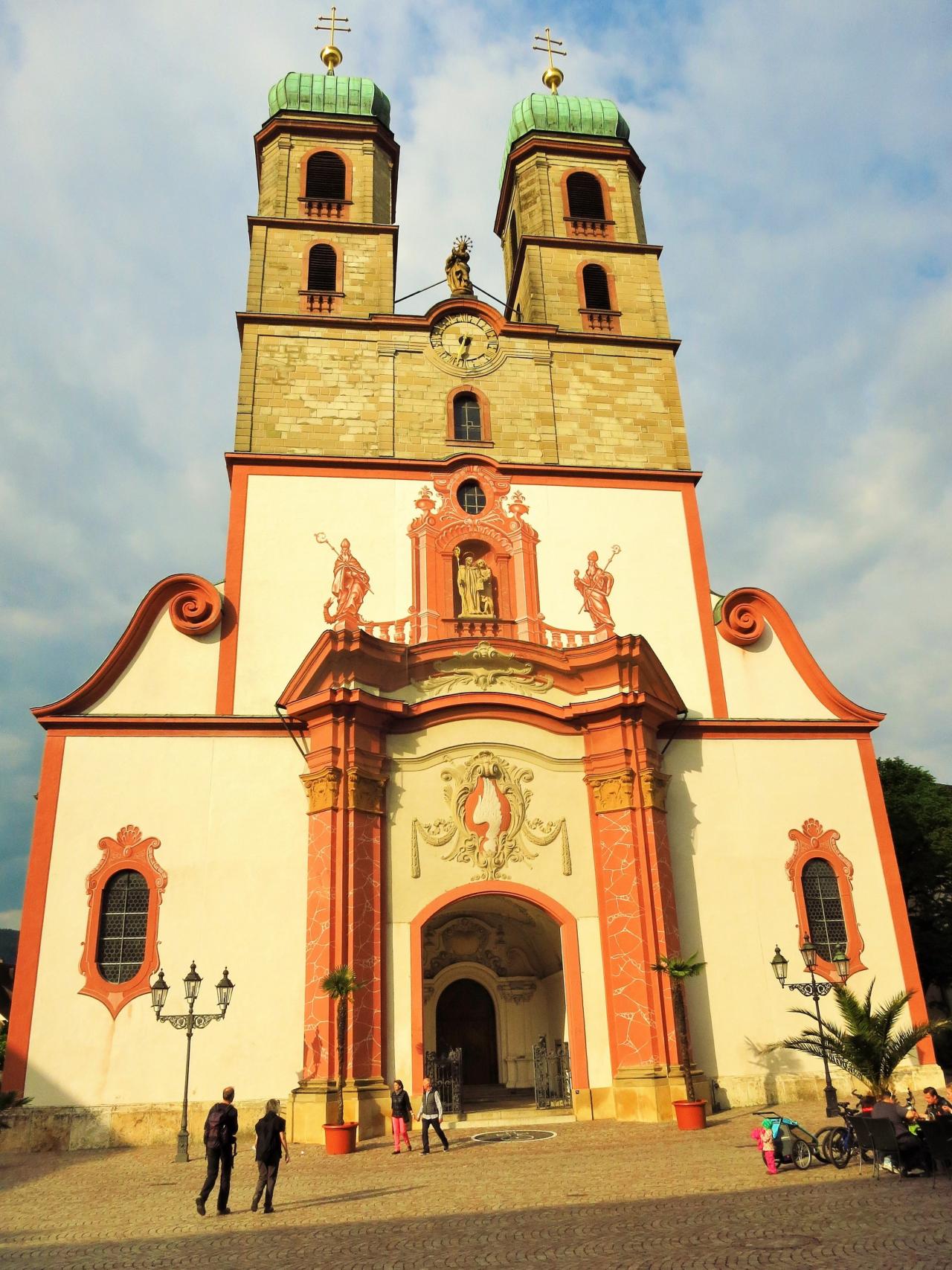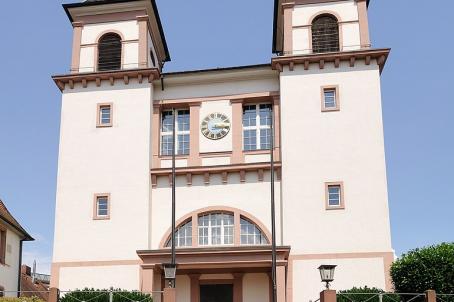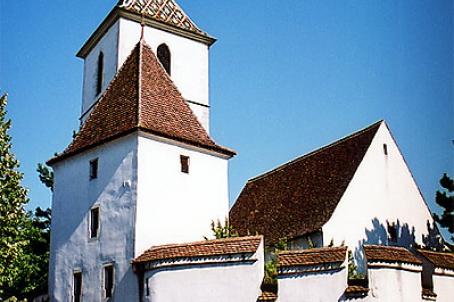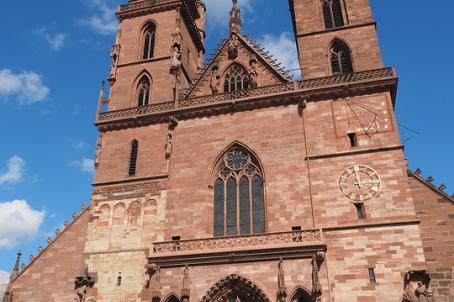Fridolinsmünster

The Fridolinsmünster was founded as a collegiate church of the Säckingen women's convent. The convent church was built in Romanesque style, then rebuilt in Gothic style after a fire in the 14th century and renovated in the 17th and 18th centuries with elements of Baroque style. Today it is the main church of the Catholic community of Bad Säckingen.





